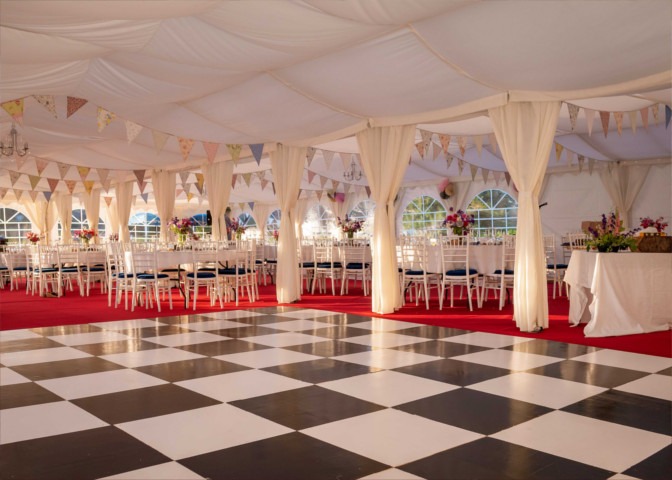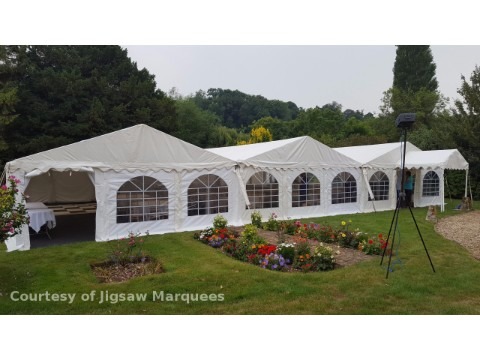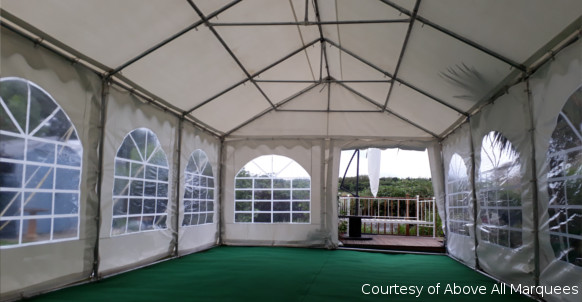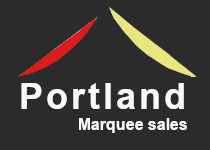
Decoding Marquee Lining Terminology: A Guide to Interior Elegance
Understanding the terminology associated with marquee linings is generally straightforward, with a few industry-specific nuances to consider:
- Roof Linings:
- Flat or Shaped: Follows the interior space in the roof, a popular and contemporary choice.
- Pleated: Vertically gathered material, fashionable in the 90s and 2000s.
- Rouched: Horizontally tucked linings, trendy in the 80s and 90s.
- Eave Linings:
- Swags: Gathered material, a favorite for weddings, often in ivory but available in various colors.
- Flat Pelmet: A flat 10cm drop around the marquee, commonly paired with flat or shaped linings.
- Gathered Pelmet: Similar to a flat pelmet but with a slight pleat, more popular in the 90s.
- Scalloped Pelmet with Gold Tassel Fringe: Traditionally associated with rouched linings, now considered out of fashion.
- Curtain Linings:
- Used to conceal metal legs; they essentially act as leg covers and typically do not cover window panels. Professional hirers or suppliers avoid linings covering window panels due to the pattern shining through, which detracts from a polished finish.
- Wall Linings:
- Not depicted in the photograph due to the use of a window. These linings hide wall panels and are placed on the interior to match the marquee’s aesthetic. While basic ranges may position walls only at the ends, advanced commercial marquees allow for wall panels anywhere inside.
For a personalized touch to your event, we are ready to provide tailored advice. Simply contact us with details about your event, such as the type, available space, number of guests, and site diagrams or photographs, and we will gladly assist you in making informed choices.
If you wish to use or quote any part of this article, kindly reach out to us for permission or licensing.








